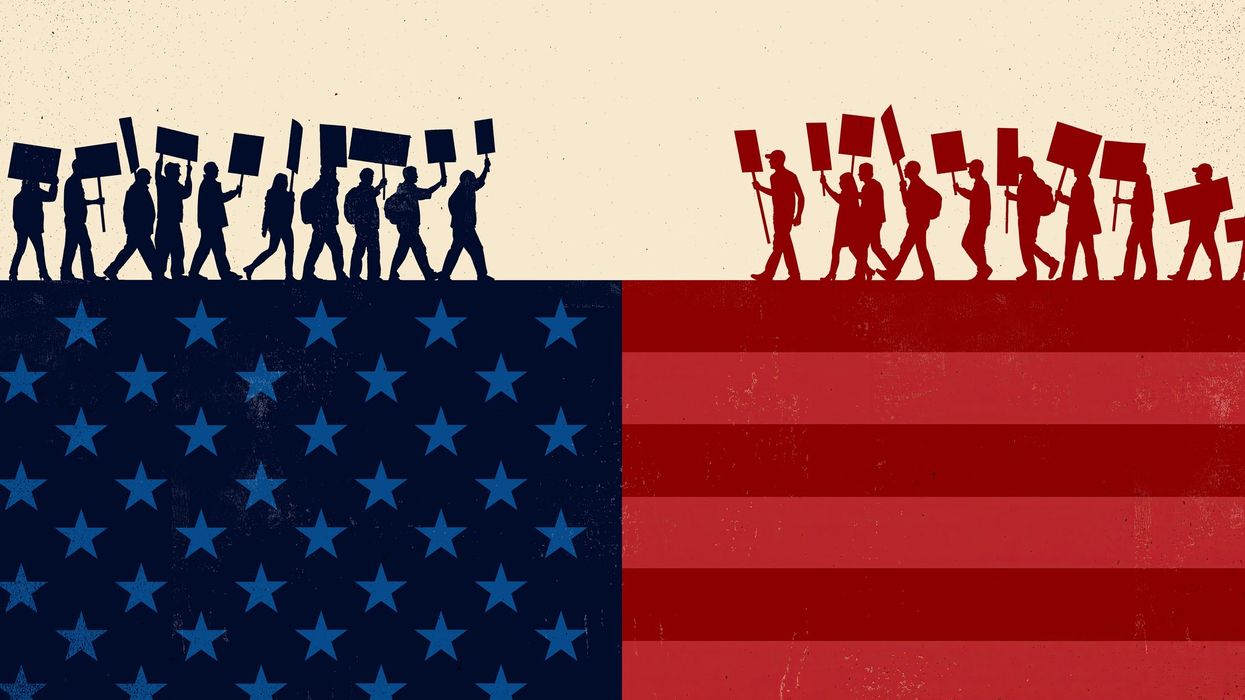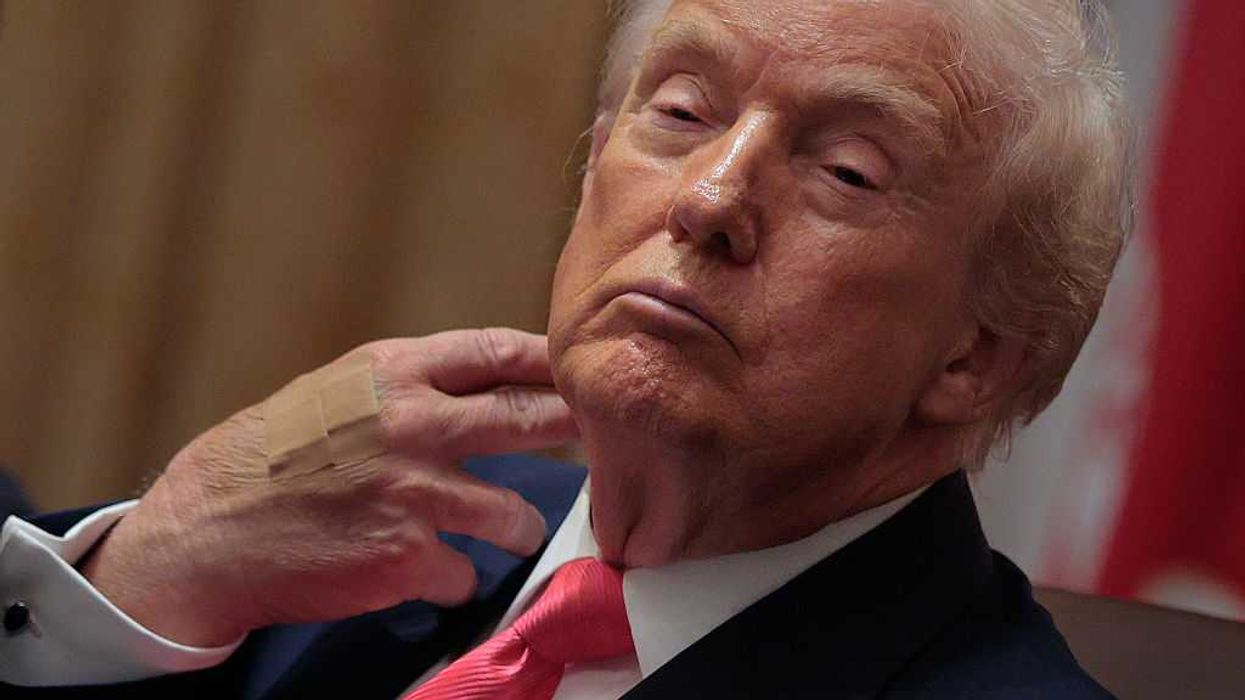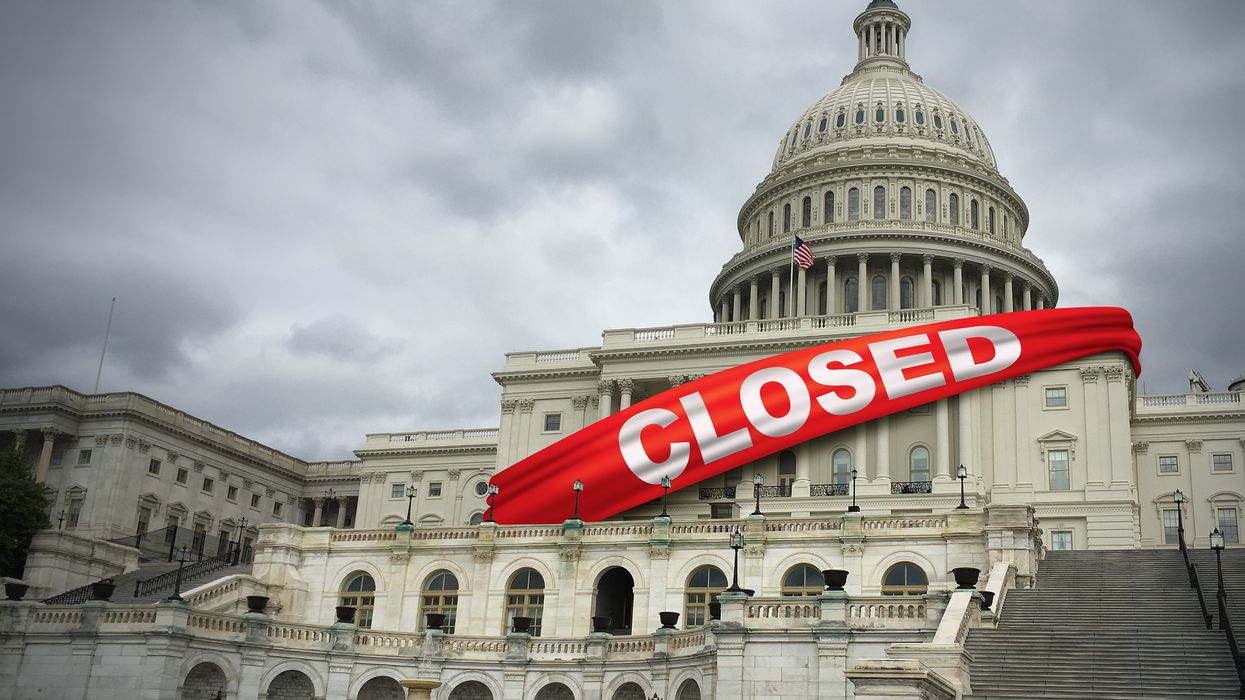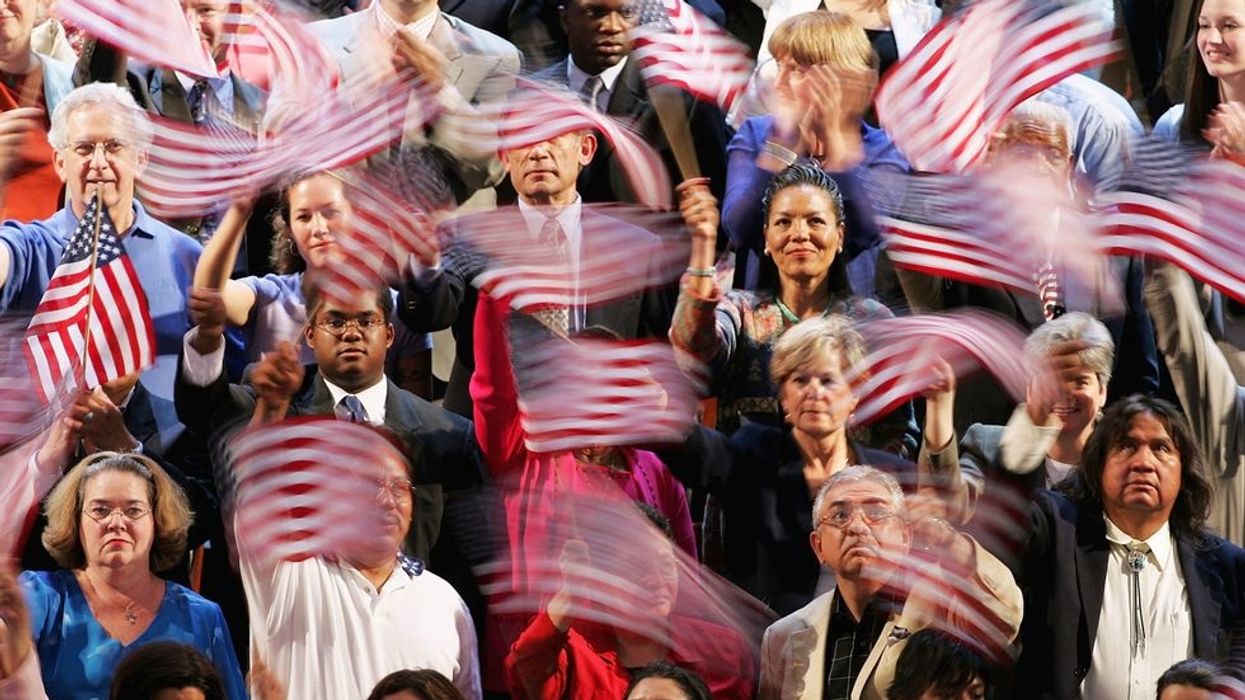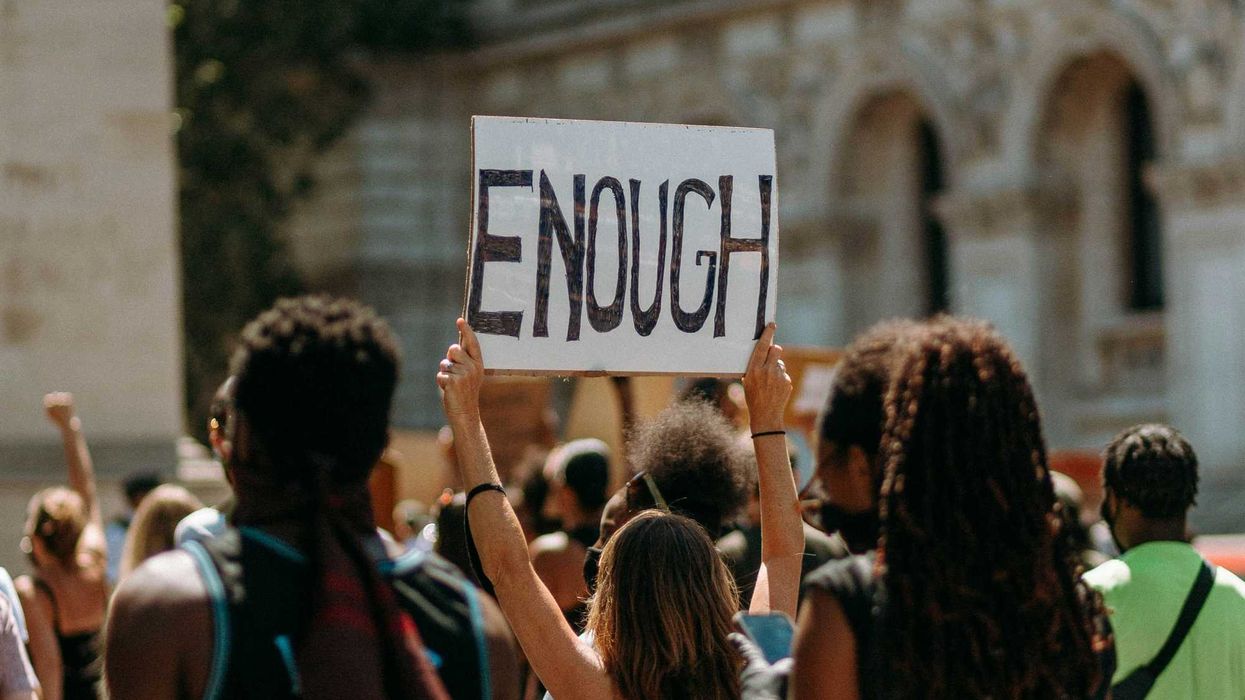Only a few candidates have actually launched their campaigns, but what's known inside the Beltway as "the money primary" is already well underway among the sprawling field of aspirants for the next Democratic presidential nomination.
Plenty of them have created additional fundraising machinery beyond traditional campaign committees, and Politico is out today with an analysis of how seven of the most prominent among them used these political action committees to try to get a little leg up for 2020 – yet another in the almost infinite ways politicians can leverage the loose rules about money in politics for every possible advantage.
Former Vice President Joe Biden raised the most for his PAC but spent most of that money on his own efforts, perhaps a signal that his team was not clear – at least during the midterm election campaign – what their boss's intentions were about making another presidential run. Candidates often spread their so-called leadership PAC money around in a palpable attempt to secure support at the campaign's earlies stages.
The most prominent announced candidate to date, Sen. Elizabeth Warren of Massachusetts, transferred more funds than any of the other aspirants from her leadership PAC to other Democrats or state parties, but Biden's PAC spent just a quarter of its fundraising on others. Warren gave away 85 percent of what she raised. She was followed by New Jersey Sen. Cory Booker (70 percent), Los Angeles Mayor Eric Garcetti (56 percent), Vermont Sen. Bernie Sanders (46 percent), California Sen. Kamala Harris (37 percent) and New York Sen. Kirsten Gillibrand (36 percent).





